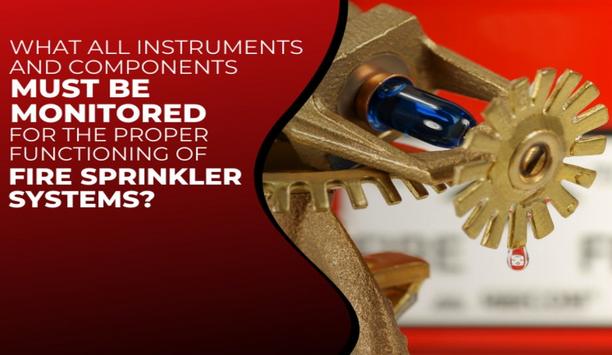A service-level agreement (SLA) is the key to understanding and meeting client expectations. However, managing multiple different service levels across clients can become challenging. Improving this process can help ease stress within the business while boosting the customer experience.
Here is the expert guide to streamlining SLA management.
Creating Service-Level Agreements
Naturally, the first step in streamlining the service-level agreement management is to improve the SLA creation process. Using a software solution designed to configure and organize SLAs can help.
Through a predefined template, software systems allow users to effortlessly create and modify service-level agreements. The streamlined creation process can help eliminate errors in the SLAs while saving the staff valuable overhead time.
Manage the Service-Level Agreements
Triggers can be set in place to automatically notify or manage SLAs when certain conditions change
Once the SLAs are in place, the user will want to ensure that the agreed-upon performance is sustained. Triggers can be set in place to automatically notify or manage SLAs when certain conditions change.
This will help ensure that users are providing the required services without under or over-serving the customer.
Keeping Track of KPIs
How can users ensure that user are meeting the expectations of the service-level agreements? Users can monitor KPIs (key performance indicators) to certify that everything stays on track. Especially when users are completing work across multiple clients and service levels, software features can help users supervise KPIs with ease:
- Notifications: Push notifications are sent straight to the email to keep the user aware of any issues that arise in the service-level agreement performance. Keeping the notifications turned on will help the user maintain a pulse on the KPIs.
- Organization: Having the client data organized helps users manage KPI insights. Organized dashboards and colored coding are especially helpful in distinguishing key points in KPIs/SLAs.
- Dashboards: Keeping a pulse on the KPIs is made simple with data visualizations. Dashboards synthesize real-time performance data and organize it into easy-to-read graphs and charts. Customizable configurations and widgets help users quickly tailor the monitoring to the needs of each client.
When the user keeps tabs on the KPIs, the user can ensure that the user is meeting the client’s expectations set by the service-level agreements. This boosts the customer service experience and keeps the clients coming back for more.
Communicating Service Outcomes
These dashboards put client documentation and performance information into one place
Maintaining transparency with the customers can assure them that users are keeping up with the end of the SLA. How do users communicate the progress and outcomes with customers? Customer self-service portals can help.
These dashboards put client documentation and performance information into one place. They integrate the KPI equations to measure and report the performance success in an easy-to-access portal.
This gives the customers peace of mind and helps communicate the service outcomes with ease. Best of all, it takes just minutes to create a client dashboard, which ensures that users never miss a beat.
End-to-End SLA Support
Streamlining the SLA management means improving this process from start to finish. Finding a single software solution that optimizes each of these steps and considerations is essential.
When choosing a software system, users might also consider the additional features that it offers for more comprehensive business support. More accommodating systems can extend this streamlining to other areas of the business, including:
- Work Order Management.
- Invoicing.
- Smart Contracts.
- Scheduling and Dispatch optimization.
- Automated Analytics and Reporting.
End-to-end support from a single software can help users avoid overpaying for in-house solutions and minimize the work needed to connect different areas of the business.
FieldEquip Field Service Management Software
FieldEquip offers advanced field service software that can save the company time and money while improving internal processes including SLA management.















